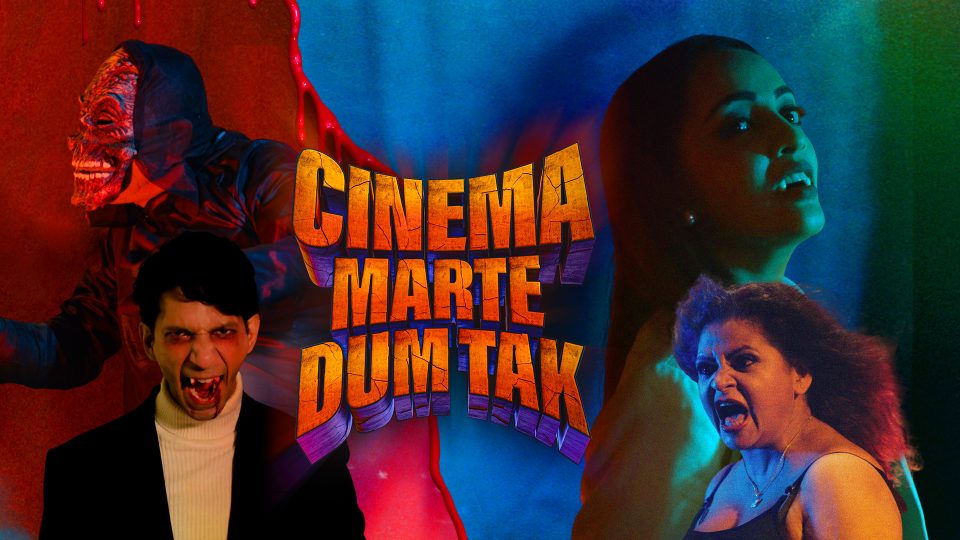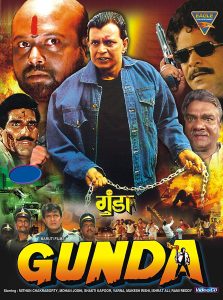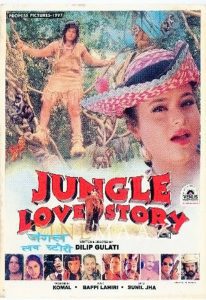
‘Cinema Marte Dum Tak’ is a joyous expose of India’s societal fault lines
Amazon Prime Video's docu-series, ‘Cinema Marte Dum Tak’, is scandalous, and provocative, but also highlights the complicated fault lines of India’s societal mores

In a scene from Amazon Prime Video’s Cinema Marte Dum Tak,
Shah and the kind of cinema he championed isn’t for everyone. As a consequence, neither is this six-part documentary around four Directors who anchored the Hindi B-grade movement through the 90s. Cinema Marte Dum Tak, created by Vasan Bala, is scandalous, and provocative, but also highlights the complicated fault lines of India’s societal mores.
Pulp and pomp
Through the filmmakers’ baffling
Also read: Tamil film ‘Narai Ezhuthum Suyasaridam’: Poignant study of post-retirement life
The ‘grade’ of a film is a subjective criteria, but in this context it can be loosely categorised by shallow budgets, amateur filmmaking, and some very dubious ideas about storytelling in principle. Some examples of popular B-films include Kanti Shah’s Gunda, Dilip Gulati’s Jungle Love Story, and Vinod Talwar’s Raat Ke Andhere Mein. The documentary introduces us to four directors who helmed significant B-grade films during the 90s. Kishan Shah (Kanti’s broth

The art of filmmaking
The series intersperses parts of their previous lives with the filming of their respective films. It’s an incredible, front-row seat to the art of filmmaking. Putting together a film, the documentary confirms, is much more than just the artsy manipulation of creative tools. It has just as much to do with resourcing, organising and managing material essentials.
Of the four filmmakers interviewed for the series, J Neelam is by far the most intriguing. As a woman surrounded by men, in a space categorically produced and consumed by men, she comes across as both ferocious and closeted. From sharing her home with middle-aged men to cussing spiritedly, Neelam’s is a story crying out to be fleshed out further.
The series makes it a point to get up-close and personal with these people, for they represent a generational moment that owing to its ungainly aspects, simply doesn’t get spoken about. These films were the toast of colleges around the country because beyond the silly outtakes on the poverty of their craft, they do echo a certain dogged romanticism for sex, desire and pretty much everything that rankles the average Indian uncle. Everything attached to this form of artistry speaks in the language of vice, from the anguish of creation to the hidden but admittedly joyous pleasures of consumption.
Going against the grain
It takes a lot to go against the grain in a country as restrictive as ours. There are, as a consequence, no heroes in the business of B-grade filmmaking, but only people who pulled the trigger on the gun everyone was holding onto in the dark. Someone has to bear the brunt of being exposed by the light, the reflection of a sea of people ready to criminalise before contemplati
Also read: How ‘Sankalpa’ carved a niche for itself in Kannada cinema history
The series thankfully allows the men and women to speak freely and injects a fair bit of visual, self-gratifying flair to further iconise those that already behave like icons. It’s incredible and endearing really, the confidence these people have despite the country, the people they are almost certainly surrounded by. It takes a magician’s conviction to build a good magical trick. The same possibly goes for an artist.
Thankfully, Cinema Mar
The daftness of desire, the finality of dispossession
The highlight of the series is of course Kanti Shah, a name that no college student who grew up during the 90s or the 2000s would be unaware of. Shah is treated as a conqueror, the man who took Hindi B-grade cinema to a level that few others have witnessed. He speaks with the calm, bespoke confidence of one too.

Where this documentary possibly struggles is in its inability or reluctance to establish Shah’s origin story. He has been reclusive by choice, but here maybe was the opportunity to pull him towards the surface of comprehension. That could be harder said than done, but without that context, Shah remains frustratingly still, a myth. There are allusions to his cunning mastery of the dark arts but there just isn’t enough to put together an imposing portrayal. Maybe, just maybe, it’s for the best.
There is obviously an argument against B-grade cinema, its exploitative bits that make it unwatchable to most women, children and possibly families. This cinema exists beyond the boundary of a co-opted moral code. A boundary that defines what is socially acceptable, and what isn’t. Beyond that boundary, however, exists this punch-up form of storytelling, that believes in hacking its own modesty, with the grandeur of brave, outlandish choices.
None of these filmmakers are just filmmakers; they are in fact hustlers, conmen, magicians, victims, oppressors, kings and slaves. They represent the daftness of desire, and the finality of dispossession. This is cinema against the odds, made by people who, if they didn’t think of themselves as unruly gang lords of a certain genre and ilk, would perish. “Naukar bhi main hun, maalik bhi main hun,” Kanti says in a scene, echoing both the farce and fact of filmmaking that cannot be made without grit, or a sense of self-congratulatory glory.


